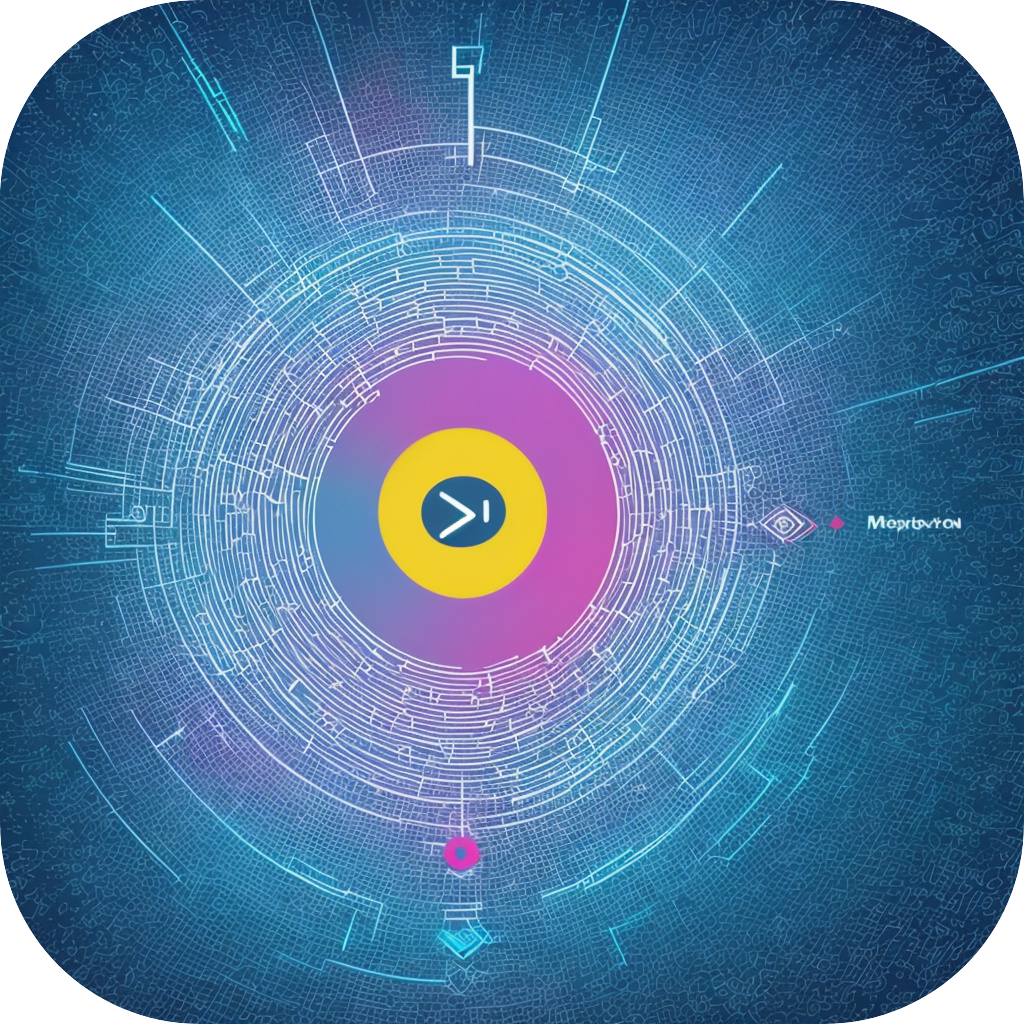Unlocking the Power of Subtitles: How Captions Enhance Film, Education, and Accessibility
Subtitles, those small text snippets projected onto the screen while a film is playing, have long been a staple in the cinematic experience. These captions serve more than just a practical need; they unlock a realm of power and possibilities that greatly enrich both the film viewing and learning experiences. From enhancing comprehension to expanding accessibility, subtitles play a pivotal role in making content universally enjoyable and understandable, regardless of hearing ability. This article delves into the multifaceted benefits that captions offer across different mediums.
In the realm of education, subtitles are an invaluable tool for learning and retention. They help cater to a wide array of learners, including those who might not be proficient in the primary language of the content, enhancing language acquisition and providing a comprehensive learning experience. For instance, subtitles during an educational video not only translate the visual language being discussed but can also offer a written summary of the lecture, aiding students who are visual learners or who prefer reading to listening. Additionally, closed captions can significantly benefit individuals with hearing impairments, offering a more inclusive learning environment where everyone can effectively engage despite their auditory limitations.
Subtitles also add another layer of understanding to films, making them accessible to those who are hard of hearing or deaf. For these audiences, well-designed captions provide a crucial auditory complement to the visual storytelling, ensuring that they do not miss out on any dialogue or critical information. Moreover, subtitles can aid in language learning as viewers follow the words being spoken on the screen, enhancing their ability to understand and interpret spoken language.
In social media and online content, where the pace of consumption and variety of content are immense, captions serve as a concise representation of the content. They enable users who are watching videos without sound or while in silent mode to still grasp the narrative, making online content more accessible to a vast, diverse audience. On platforms like YouTube and social media, video content that is captioned gains more visibility, reaching a broader demographic of viewers, especially those who value captioned content for its convenience and inclusivity.
Furthermore, subtitles enhance the understanding and appreciation of foreign films and content. They allow global audiences to access films and television shows in their native languages, preserving different cultural nuances and subtleties that might be lost in translation. Additionally, translating popular content into multiple languages through subtitles can help bridge cultural gaps, promoting a more global understanding and appreciation of various cultures and stories.
In the world of academic research and scholarly articles, subtitles are increasingly common in academic presentations and online lectures, enhancing understanding and retention of complex information. This type of captioning serves a different purpose than typical film subtitles; instead of offering a translation, it summarizes and highlights key points, aiding both the speaker and the audience in navigating complex material or maintaining focus. This feature is especially useful in video-based educational content where viewers can quickly jump to a section of interest by reviewing the provided captions.
Lastly, subtitles are also a key factor in the entertainment industry’s effort towards sustainability. For instance, the production of captions and subtitles for old films and TV shows ensures that these cultural artifacts remain accessible to future generations. Additionally, by promoting the creation of original content with captions, creators are encouraged to prioritize accessibility, contributing to a more inclusive media ecosystem.
In conclusion, subtitled content transcends its primary function as an auditory aid for the hearing impaired, becoming a powerful tool for education, accessibility, and cultural exchange. Subtitles enhance our connection to a world of diverse languages and cultural expressions, allowing for a more inclusive and engaging media landscape. Whether it’s improving comprehension, broadening educational opportunities, or promoting global understanding, the use of subtitles is a testament to the rich potential of technology to enrich our collective experience of media and culture.
